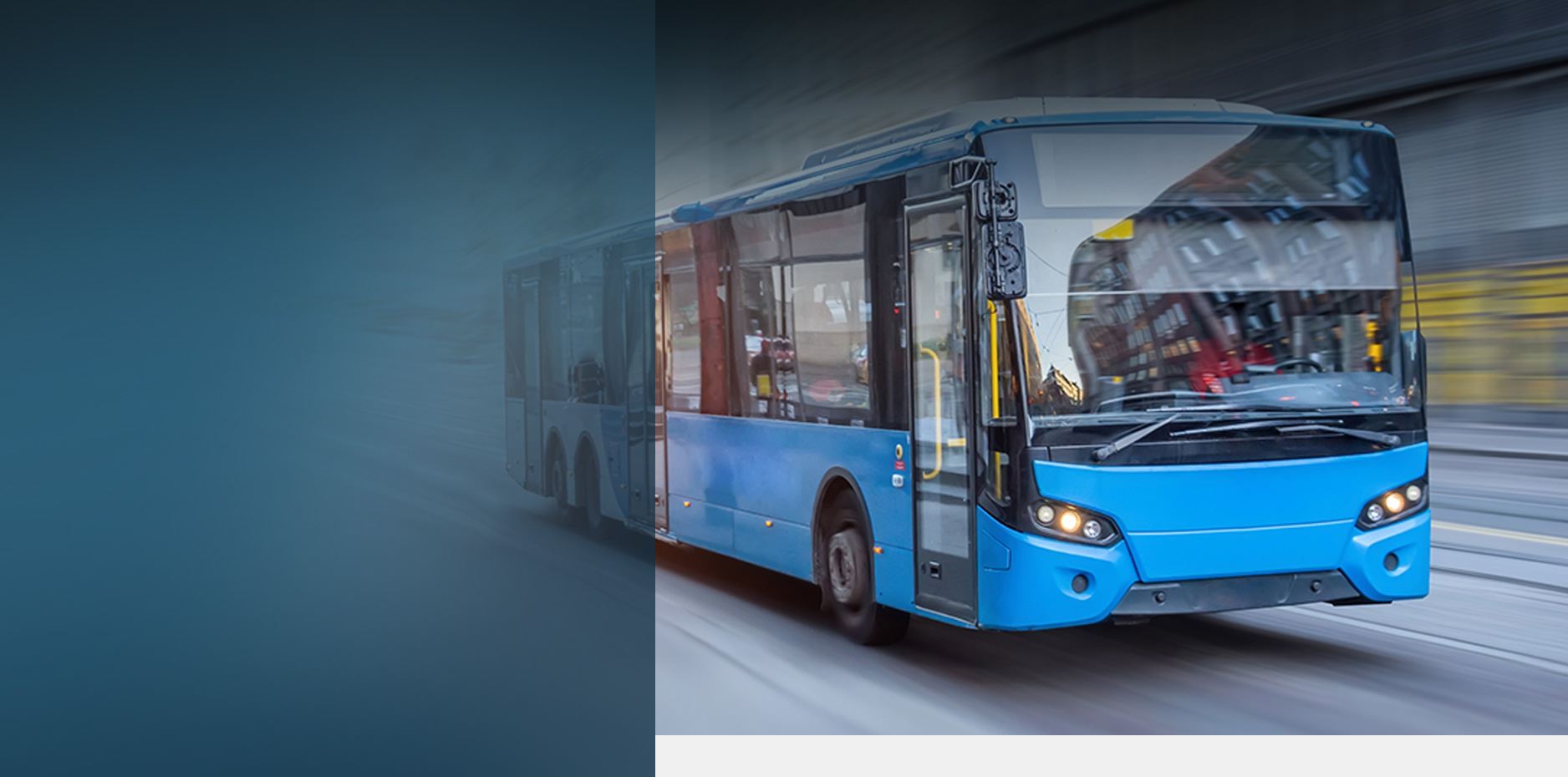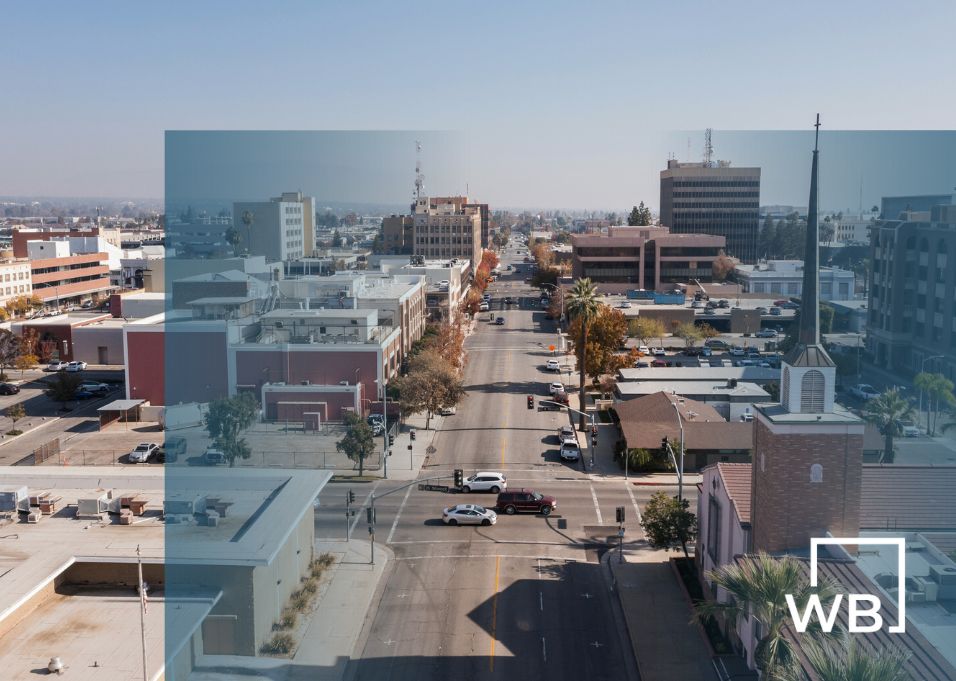
-
Accident Lawyers Near Me
Our Bakersfield office is conveniently located in the West Park neighborhood, just one mile west of Highway 99 on California Ave. Click here for driving directions.
-
Proven Track Record
Our Bakersfield attorneys have won over $4 billion for clients. We know what it takes to win big cases against big companies.
-
No Fees Unless We Win
Wisner Baum offers free case evaluations. If we do not obtain compensation on your behalf, you owe us nothing.
Bakersfield Bus Accident Lawyers
Wisner Baum is Here to Help You
Millions of people in Bakersfield and outer-lying cities in Kern County ride buses every year. While buses do not crash as often as cars or trucks, when they do, they can be devastating. The sheer size and weight of buses make them incredibly dangerous to other vehicles, especially smaller passenger cars and trucks. In the worst cases, a bus accident can result in severe injuries or death.
If you or someone you love has been injured or killed in a bus accident, you need an experienced and compassionate attorney to help you fight for the justice and compensation you deserve. Wisner Baum has a proven track record of success in bus accident lawsuits. With more than $4 billion in verdicts and settlements across all practice areas, your case is in good hands with us.
Call (855) 948-5098 or contact us online to schedule a free consultation with our Bakersfield bus accident attorneys today.
Backed by a team of award-winning attorneys, our law firm has helped victims and families in Kern County and throughout the nation obtain justice. This includes bus crash cases involving:
- Bus vs. pedestrian and cyclist accidents. Pedestrians and bicyclists frequently share the road with buses and big vehicles on busy Bakersfield streets. Unfortunately, they face elevated risks of suffering catastrophic injuries when involved in crashes with larger vehicles.
- Highway bus accidents. Highway 99, Interstate 5, and other high-speed roads in Central California are frequently used by Greyhound and other coach lines. Due to higher speeds, highway bus accidents have a greater potential for having devastating outcomes.
- Public bus systems. Bakersfield and surrounding Kern County communities are serviced by various transit systems, including Kern Transit, which operates throughout the County, and the Golden Empire Transit District. Accidents involving these and other city or public buses require attorneys to know special procedures for bringing claims and seeking compensation.
- School bus accidents. The Bakersfield City School District and other public and private school systems operate a variety of bus lines to transport students to and from school and extracurricular activities. Unfortunately, school bus accidents do happen, including those caused by negligent bus drivers and other motorists.
- Wrongful death. Buses are massive machines with poor stability and lax seatbelt requirements, which can place passengers and others on the road at risk of suffering serious or fatal accidents. Our firm has extensive experience litigating wrongful death lawsuits in Bakersfield involving bus accidents and other types of motor vehicle collisions.


-
 How Do Car Accident Settlements Work in California?
How Do Car Accident Settlements Work in California? -
 McDonald's E. Coli Lawsuit Filed as Consumers Seek Class Action
McDonald's E. Coli Lawsuit Filed as Consumers Seek Class Action -
 Radiculopathy vs Neuropathy – What’s the Difference?
Radiculopathy vs Neuropathy – What’s the Difference? -
 What’s the Most Common Type of Collision Between Motorcycles and Cars?
What’s the Most Common Type of Collision Between Motorcycles and Cars? -
 How to Prove Liability in a Rear-End Collision
How to Prove Liability in a Rear-End Collision -
 Your Legal Rights If You Are Burned at Work
Your Legal Rights If You Are Burned at Work -
 MDL VS CLASS ACTION – EVERYTHING YOU NEED TO KNOW
MDL VS CLASS ACTION – EVERYTHING YOU NEED TO KNOW -
 Do I Need a Lawyer If I Was Injured in a Crowd Surge?
Do I Need a Lawyer If I Was Injured in a Crowd Surge?


-
Building RelationshipsWe take pride in our professional relationships with referring attorneys and are equipped with the resources to take on your complex case.
-
Track Record of SuccessWe have resolved thousands of cases worldwide, winning over $4 billion in verdicts and settlements on behalf of clients.
-
Free & Confidential ConsultationsInterested in exploring your legal rights? Schedule a free consultation with our team. You won't pay unless we win your case.
Here are some common buses you will see operating in Bakersfield and around Kern County:
- Golden Empire Transit (GET bus): Golden Empire Transit is the primary mass transportation operator for Bakersfield. More than 3.5 million people ride GET buses each year. The company has hubs in the Downtown Transit Center, Southwest Transit Center, Bakersfield College, and Cal State University, Bakersfield (CSUB).
- Kern Transit Bus: Kern Transit provides intra-regional transportation across Kern County. Outside of Bakersfield, hubs include Frazier Park, Lake Isabella, and Mojave.
- Greyhound Bus: Greyhound buses are common throughout Bakersfield. There is a Greyhound station off Truxtun Ave. southeast of Downtown Bakersfield.
- School Bus: School buses are easily recognizable with their bright yellow color and distinctive shape. They are used to transport students to and from schools and typically have a high level of safety features, including flashing lights and stop signs.
- Shuttle Bus: Shuttle buses are smaller buses used for point-to-point transportation, often within specific locations like airports, hotels, and business complexes. They are designed to carry passengers over short distances in a continuous loop.
- Double-Decker Bus: Double-decker buses have two levels, with seating on both the lower and upper decks. Megabus, which provides transportation between Bakersfield and several other Central California cities, has a few double-decker buses.
- Tour Bus: Tour buses are designed for guided tours and sightseeing. They often have large windows for better visibility and provide narration or audio guides to inform passengers about the attractions they are passing.
- Party Bus: Party buses are customized buses designed for entertainment purposes. They often feature music systems, lighting effects, and seating arrangements conducive to parties, celebrations, and social gatherings.
- Airport Shuttle Bus: Meadows Field Airport (BFL) is owned by Kern County and serves over 1 million people in the greater Southern San Joaquin Valley. The airport has shuttle buses transporting passengers to and from area hotels.
- Specialty Buses: There are also specialty buses designed for specific purposes, such as mobile offices, medical clinics, and prisoner transport. These buses are customized to meet the unique needs of their intended use.
Bus accidents can occur for a variety of reasons, and they may result in injuries, fatalities, and significant property damage.
Common causes of bus accidents include:
- Driver Error:
- Distracted Driving: Bus drivers may become distracted by texting, using a phone, eating, or other activities while operating the vehicle.
- Fatigue: Long hours on the road without adequate rest can lead to driver fatigue, impairing judgment and reaction times.
- Speeding: Driving at excessive speeds reduces the driver's ability to react to changing road conditions and increases the severity of accidents.
- Weather Conditions:
- Rain, Snow, Ice: Slippery road conditions caused by rain, snow, or ice can make it difficult for a bus to maintain traction and control.
- Poor Road Conditions:
- Potholes and Uneven Surfaces: Roads with potholes or uneven surfaces can be hazardous for buses, leading to loss of control or accidents.
- Lack of Maintenance:
- Insufficient road maintenance can result in dangerous conditions, such as worn-out road markings or inadequate signage.
- Mechanical Failures:
- Brake Failures: Malfunctioning brakes can lead to an inability to stop or slow down in time, causing accidents.
- Tire Blowouts: A blowout or tire failure can lead to loss of control and accidents.
- Engine or Transmission Issues: Mechanical problems in the engine or transmission can cause the bus to stall or lose power.
- Impaired Driving:
- Alcohol or Drug Use: Bus drivers under the influence of alcohol or drugs can have impaired judgment and reaction times, leading to accidents.
- Inadequate Training:
- Lack of Proper Training: Insufficient training or experience can result in drivers making errors in judgment or handling the bus.
- Overloading:
- Excessive Passenger or Cargo Load: Overloading a bus can affect its stability, braking capacity, and handling, making it more prone to accidents.
- Aggressive Driving:
- Road Rage: Aggressive behaviors, such as tailgating, sudden lane changes, and aggressive passing, can lead to accidents.
- Other Drivers' Actions: Bus accidents can also occur due to reckless or negligent actions of other drivers on the road, such as sudden lane changes, running red lights, or failing to yield the right of way.
- Weather-Related Factors:
- Reduced Visibility: Fog, heavy rain, or snow can reduce visibility, making it difficult for bus drivers to see obstacles and other vehicles on the road.
- Pedestrian or Cyclist Incidents:
- Failure to Yield: Accidents involving pedestrians or cyclists can occur if the bus driver fails to yield the right of way or if the pedestrian or cyclist behaves recklessly.
- Animal Collisions:
- Wildlife: Collisions with animals, especially in rural areas, can lead to bus accidents.
- Medical Emergencies:
- Driver Health Issues: A sudden medical emergency, such as a heart attack or loss of consciousness, can cause a bus driver to lose control of the vehicle.
Victims injured in bus accidents have the right to seek a financial recovery of their damages by pursuing personal injury or wrongful death lawsuits against the at-fault party. Depending on the facts and circumstances surrounding a bus accident, victims may have grounds to bring legal action against:
- Private motorists. Drivers of standard passenger vehicles may be held liable for actions that cause or contribute to bus accidents. A motorist who makes an unsafe lane change and cuts off a bus, causing it to swerve and crash, for example, may be held responsible in part for damages suffered by victims.
- Public entities. The City of Bakersfield, Kern County, and other surrounding municipalities own and operate various transit systems, including Kern Transit and the Golden Empire Transit District. In cases where these entities are responsible for crashes, either because of negligent bus drivers or negligently maintained buses, a city or county may be held liable. Because personal injury cases brought against municipalities and public entities are subject to unique rules and procedures, victims injured in bus accidents involving any type of public transit should seek legal counsel as soon as possible.
- School districts. Private and public school systems, such as the Bakersfield City School District, can be held liable for damages caused by negligent bus drivers or poorly maintained buses. That’s because school districts are ultimately responsible for accidents caused by their employees and property.
- Private carriers. In cases where accidents involve private carriers, such as Greyhound buses, tour buses, charter buses, and other similar buses, the companies that own and operate these vehicles can be held liable for damages. Our firm has handled many cases against private motor carriers during our time in practice, including both intrastate and interstate buses.
Having successfully handled accident cases involving a variety of buses, our Bakersfield attorneys at Wisner Baum can identify any defendants that may bear liability for your accident and losses, and create a plan to help you pursue the compensation you deserve.
Here are the steps that you should take after a bus crash:
1. Get Medical Attention: The first and most important step for an injured bus passenger—or anyone harmed in a bus crash—is to seek medical attention. Even if the injuries appear minor, it is crucial to get checked out by a medical professional to ensure that all injuries are properly documented and treated. Injuries can be masked by the shock and adrenaline of an accident, so just to be on the safe side, go see a doctor.
2. Gather Evidence: If possible, it is important to gather as much evidence as possible from the crash scene. Take pictures on your phone of the accident scene, collect contact information from passengers and witnesses, and get the police report or any other relevant documents related to the accident.
3. Contact a Bakersfield Bus Crash Attorney: It is highly recommended that you get in touch with an attorney who has experience in bus accident cases. A bus accident lawyer can help you navigate the legal process, negotiate with insurance companies, and ensure that your rights are protected throughout the claims process.
Backed by award-winning trial lawyers, Wisner Baum has helped families across Bakersfield, California, and the country after they’ve suffered devastating losses. Our law firm has built a proven track record of success since opening our doors in 1985. We have obtained over $4 million in verdicts and settlements for clients across all areas of practice. Some of our bus crash lawsuit results include:
- $20 million recovered for clients harmed in a crash involving an amphibious duck boat vehicle and a charter bus filled with college students.
- $10 million settlement for the families of children seriously injured when an Orange Unified School District bus left the roadway and crashed. It was alleged that OUSD ignored warning signs that the driver had a health condition which would have prohibited him from driving a bus.
- $6.2 million for the family of a child who was killed in a fatal bus crash.
- $1.9 million recovered for the family of a tourist who was killed in a foreign bus crash.
Call Wisner Baum’s Bakersfield law office at (855) 948-5098 or submit an online contact form online to get started.


[1].2410031219413.jpg)




.2404120946550.jpg)